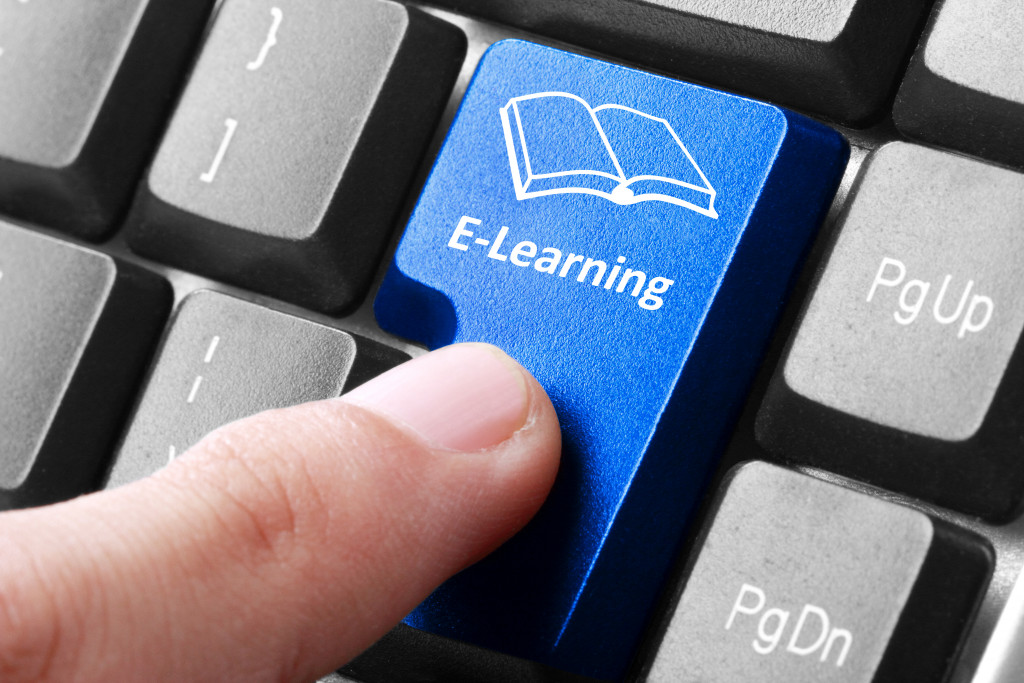The 21st decade is shaping up to be an exciting decade for education. As the world has undergone massive changes in technology and culture, so have schools and universities changed their teaching and learning methods. Here are some key trends that will continue to influence how we approach education in 2022.
1. The Use of Interactive Classrooms
The use of interactive classrooms, combining traditional and digital learning environments, is expected to grow. Interactive classrooms can be used in any type of class, from a good preschool to elementary school to college or university. The technology-based learning environment allows students to learn through various methods, including interaction with other students and teachers, watching videos, or reading textbooks.
In addition, using interactive classrooms allows students to learn at their own pace and will enable them to work on challenging assignments at any time. Interactive classrooms also allow students to connect with other learners worldwide through social media platforms such as Facebook, Twitter, or Instagram.
2. AI-Enabled Education
AI-enabled education is becoming a reality, and the opportunities it presents are not only exciting but also necessary to fulfill the needs of today’s students, teachers and parents.
The ways AI can help students learn more efficiently are apparent. It can recommend materials based on their interests or skills, help them with homework, and assess their understanding of concepts through quizzes or testing. Then there’s personalized learning—an area where AI has made significant strides. Teachers can use this to adjust their instruction based on each student’s strengths and weaknesses. They can recommend specific activities to help each student reach their full potential.
Educators need to understand that this kind of technology isn’t just about delivering content—it’s about providing support so that students can master core concepts on their terms at their own pace.
3. Blended Learning

Blended learning is a combination of online and offline learning. It includes a mixture of face-to-face, online, and distance learning. Blended learning, also known as hybrid learning, uses both online and traditional methods to deliver education to students.
For example, a blended learning approach may include using a computer to take notes and access course materials while meeting with an instructor or fellow students in person.
Since this type of setup allows for more flexibility in teaching content and assessing student progress, blended schooling can be cost-effective compared to sending all students off campus for an afternoon session without any supervision from teachers (e.g., as-needed tutoring). Also, by offering students a choice of how they learn, blended learning can help you reach more students than traditional schools, primarily if you’re located in an area where not everyone has access to broadband internet.
4. Open Source Learning Platforms
Open-source learning platforms are free and easy to use, which makes them an ideal solution for classrooms. They’re also easy to adapt to different learning styles, so even students with dyslexia or other disabilities can learn how to code in a way that works best for them.
They can also be used in a variety of settings—from traditional schools and universities all the way down to homeschooling programs. The accessibility of these tools means that they can be utilized by anyone who wants or needs them: teachers, students, parents, and even adults who want more knowledge.
5. Gamification in Education
Gamification in education is the use of game design elements in non-game contexts. It’s used to motivate students, track learning progress, and more. This is helpful for students as it makes learning more engaging and can help with retention. It is also beneficial for teachers as it helps them track student progress and gives them a way to motivate students who may be struggling.
Here are some examples of gamification in education:
- Quiz games can be used to test knowledge of a topic or concept. Students earn points for correct answers and lose points for incorrect answers. The goal is to maximize their score over time by giving them feedback on their performance and encouraging them to keep practicing until they’ve mastered the material.
- Reward programs can also be added into learning environments that allow students to earn rewards based on their academic achievements. For example, if you get an A+ grade in chemistry class, then you can get a free pizza from the cafeteria! This type of incentive helps improve motivation levels among students who otherwise might not care about schoolwork as much as other kids do because they don’t see any value being gained from it.
- A gamified quiz with badges can be used to motivate students. The student can earn the badges based on their performance on the quiz. This will help motivate students to take the quiz more often.
Education is changing, and with it, the way we teach. Digital learning has become the norm for many students, and soon virtual reality classrooms may replace traditional ones completely. Teachers must adapt to these changes if they want their students to keep up with their peers worldwide.









